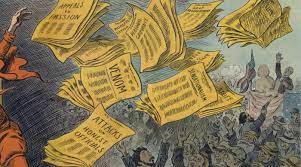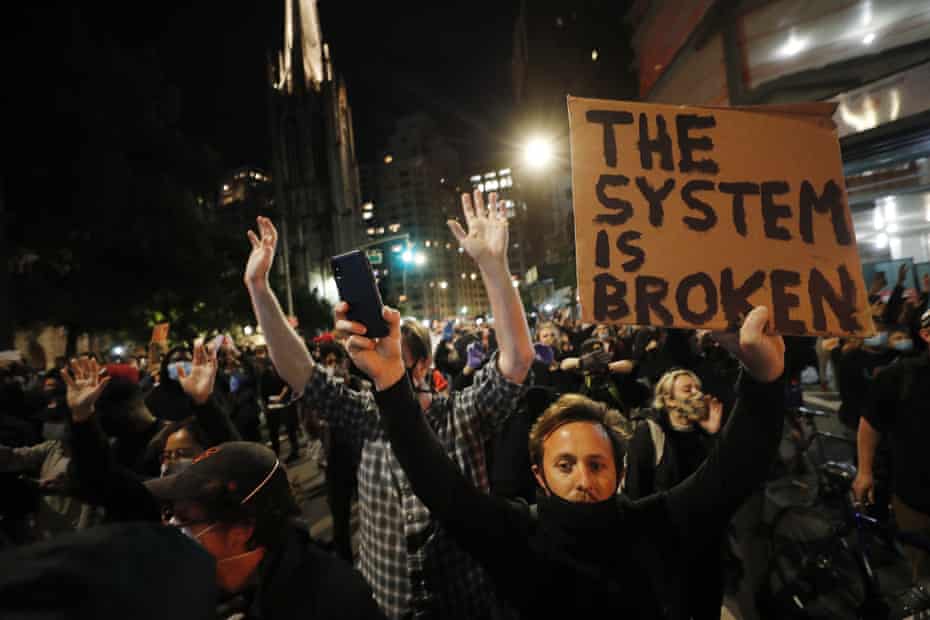Aya Cathey
ac460519@ohio.edu
Extra Credit
On Tuesday, the Menard Family George Washington Forum hosted a presentation at the Galbreath Chapel here at Ohio University. The speaker, Lucas Morel, is a professor of Politics and Washington and Lee University and the author of several books, including "Lincoln's Sacred Effort: Defining Religion's Role in American Self-Government" (2000) and "Lincoln and the American Founding" (2020).
The 1619 project was developed in 2019 by investigative journalist Nikole Hannah-Jones and published in The New York Times and The New York Times Magazine. It commemorated the 400th anniversary of the arrival of the first enslaved Africans in Virginia and intended to place Black Americans at the forefront of the nation's founding. In 2020, Hannah-Jones was awarded the Pulitzer Prize for Commentary for her introductory essay. The 1619 project has sparked controversy and received criticism from journalists, political commentators, and historians such as Lucas Morel.
Morel believes the project had potential but fails to present an accurate account of American history because it portrays a "zero sum game instead of an integrated struggle." He continues on to explain that his greatest concern with the project is that it positions white contributions to history as "bad and ugly" and perpetuates the narrative that America was founded on white supremacy.
Morel stated, "Her essay was political divisive in its presentation of American history as heroic black virtue trimuphing over persuasive white vice."
The one place where Hannah-Jones and Morel can agree is the importance of learning and passing down history. Where they disagree is which narrative to write from. Morel seems to view the Black perspective as a distortion, one that leaves out the "facts" and discounts for the hard work of the country's founders. Other historians have also agreed with his sentiment that pitting races against each other undermine civic trust.
Overall, I did not enjoy this speaker, and I had several issues with his statements. He spoke about a need for equality over equity, and he seemed to favor the oppression of minority voices if it meant appeasing white people and traditional American systems. I didn't particularly appreciate when he said that Black Americans needed to understand that America's founding was exceptional because it minimizes centuries of abuse, torment, and literal enslavement. As a student journalist, it also upset me that he went after Hannah-Jones' character and not just her profession. As a Black woman, she has every right to tell the stories that matter to her culture; whether or not she "assembled facts" to promote an agenda, Morel was wrong in stating that her work was untrue and would make America "unloveable."
All history should be shared from diverse perspectives, no matter how "ugly" it is. Slavery was a legal institution that has left a lasting legacy on our country. Morel suggested that to avoid catastrophe and build a successful nation, slavery had to persist as long as it did. And since the founders knew the practice was unjust and eventually outlawed it, their actions are excused. While I agree Hannah-Jones could have referenced more American historians in her project, Morel's presentation is far more opinionate and divisive than her work.





















